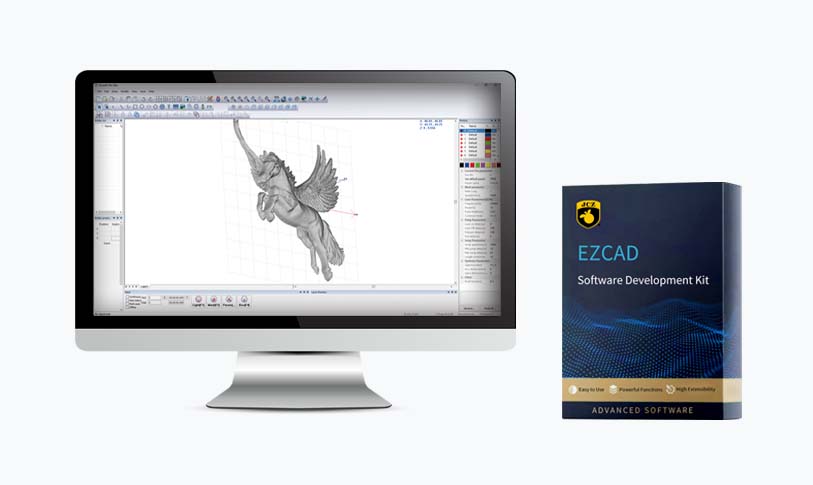
Understanding CO2 Galvo Technology: Revolutionizing Laser Engraving and Cutting Applications in Various Industries
****
CO2 galvo technology has become a pivotal advancement in the field of laser engraving and cutting, offering unmatched precision, speed, and versatility. This innovative technology utilizes galvanometer-driven mirrors to direct a focused CO2 laser beam onto a material, resulting in high-quality cuts and engravings. As industries continue to seek ways to improve their production processes and output quality, the importance of understanding and utilizing CO2 galvo systems cannot be overstated.
The Basics of CO2 Galvo Technology

Understanding CO2 Galvo Technology: Revolutionizing Laser Engraving and Cutting Applications in Various Industries
At its core, a CO2 galvo system consists of a laser source, galvanometer motors, and a series of mirrors that direct a laser beam. In contrast to traditional CNC systems that employ a mechanical gantry, galvo systems utilize mirrors to guide the laser. This enables faster movement and enhances efficiency because the laser can be positioned anywhere on the material without the need for the laser-head to traverse the entire workspace. This technology is particularly advantageous for applications that require intricate designs and detailed engravings.
Precision and Speed
One of the most celebrated features of CO2 galvo laser technology is its ability to deliver precise and accurate results at high speeds. The galvanometer motors adjust the mirrors at incredible speeds, allowing the laser beam to change direction almost instantaneously. This capability significantly reduces the time required for engraving or cutting jobs compared to traditional systems. Industries that require rapid prototyping or frequent design changes, such as signage, awards, and promotional product manufacturing, benefit enormously from this technology.
Versatility Across Industries

Understanding CO2 Galvo Technology: Revolutionizing Laser Engraving and Cutting Applications in Various Industries
CO2 galvo systems find application in a diverse range of industries. In the signage sector, for instance, they enable the production of illuminated signs with intricate designs and patterns. In manufacturing, CO2 galvo lasers can be utilized for marking and engraving on various materials, including plastic, glass, wood, and even some metals. The ability to adapt to different substrates is a significant advantage for manufacturers looking to diversify their product offerings.
Moreover, the technology is gaining traction within the art community, where artists are using CO2 galvo lasers to create stunning visual pieces with intricate details. This versatility shows that CO2 galvo technology is not just limiting itself to industrial applications; it’s paving the way for artistic innovation as well.
Key Advantages of CO2 Galvo Laser Systems
1. **High Throughput**: The rapid movement capability of CO2 galvo systems means jobs can be completed significantly faster than with traditional laser systems. This increases overall productivity and efficiency within a business.
2. **Reduced Operational Costs**: As the systems require less time to process materials, companies can save on operational costs related to labor and time spent on each job.
3. **Low Maintenance Requirements**: CO2 galvo laser systems generally require less maintenance than traditional mechanical systems. With fewer moving parts, there is less wear and tear, which translates into long-term savings for businesses.
4. **Flexibility in Design**: These systems can handle complex designs with ease, providing businesses with the capability to create unique products that stand out in competitive marketplaces.
Conclusion
As industries continue to evolve with technological advancements, CO2 galvo technology has emerged as a leader in laser engraving and cutting processes. By offering unprecedented precision, speed, and versatility, it’s no wonder that businesses across various sectors are turning to these systems for their production needs. Understanding and harnessing the capabilities of CO2 galvo lasers not only streamlines operations but also unlocks creative potential in art and design. As more companies adopt this technology, the future of laser engraving and cutting looks incredibly promising, with endless opportunities waiting to be explored.
Investing in CO2 galvo systems is not simply a move towards upgraded technology but a step into the future of manufacturing and artistry, enhancing productivity while fostering innovation.bjjcz board



